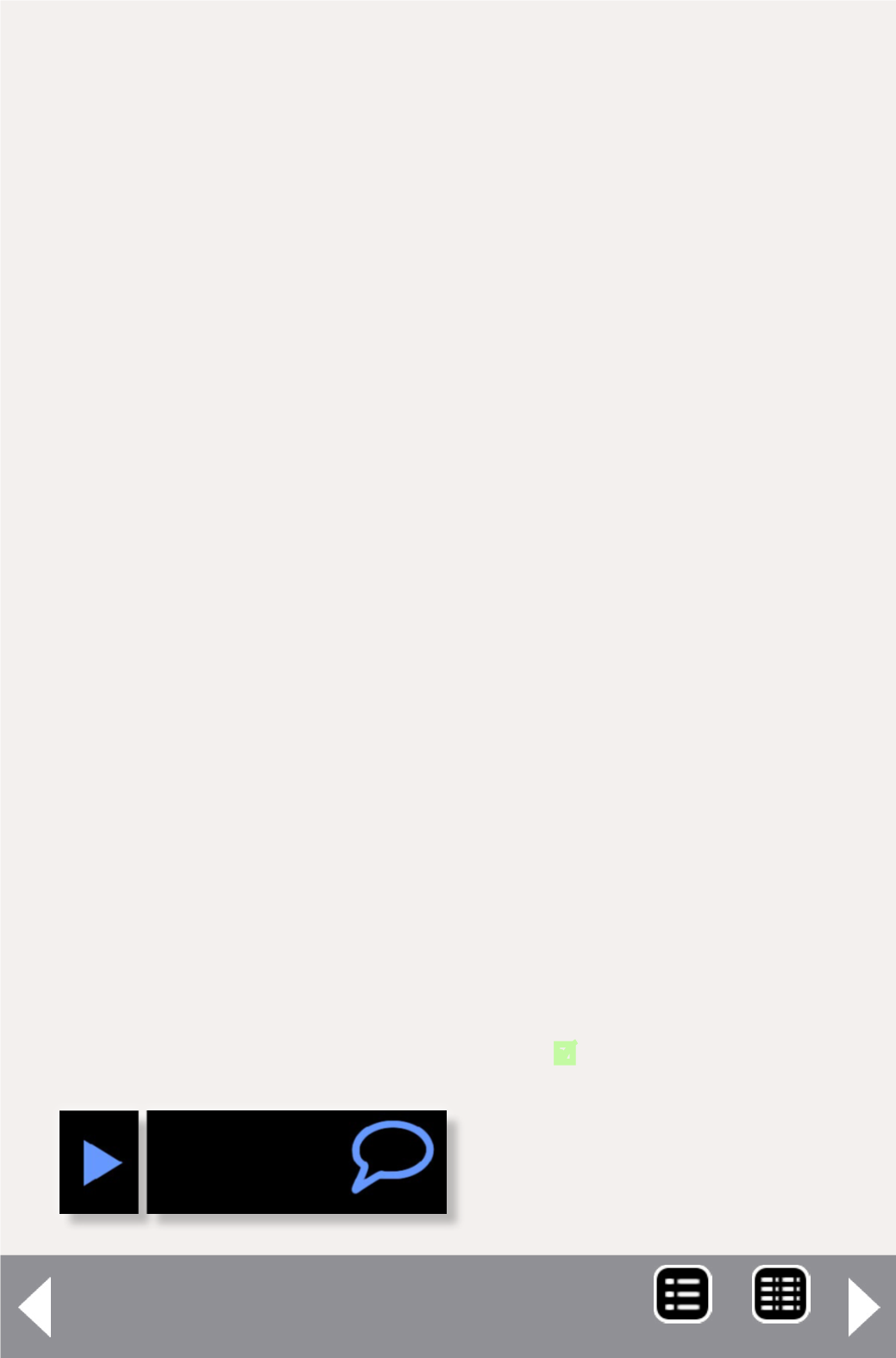
Building longer modules: either deeper, or double-length.
(But stick with the simple single modules first.)
Using the traditional plywood instead of foam board. That
does require more tools, but also makes more durable mod-
ules. While plywood can – believe it or not – be cut with a
utility knife and a supply of patience, a table saw makes con-
struction a lot easier and more precise.
Odd shapes. Larger curves. Once you have the basics down,
you can tailor modules to your specific environment. De-
pending on what you make, these won’t necessarily “play
nice” at meets, but if they’re just for your own fun, you can
make your own rules.
The “Big One.” Maybe, after experimenting, refining your
skills, and deciding what, exactly, you want to model, cir-
cumstance will allow you to finally build that dream layout
down in the basement, or out in the garage, or in a spare
bedroom. Then these modules may be relegated to diora-
mas, display and test tracks, or something you haul out to
put under the tree. Or even salvaged for scenic elements on
the new layout. It is only foam board, after all. All you will
need is another box-cutter.
Or maybe this will become your dream layout... one that you
know you’ll be able to stow in the hallway closet, and eas-
ily take with you when you move. And it all started with one
first, tiny, module.
You’ll never know until you try it. Right?


